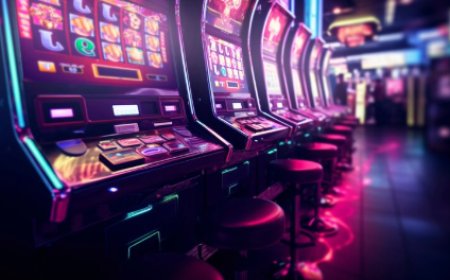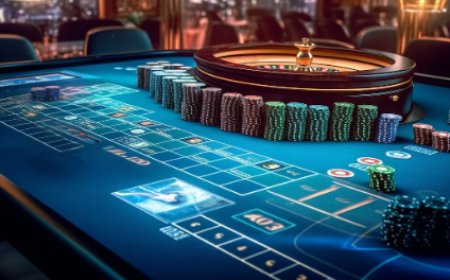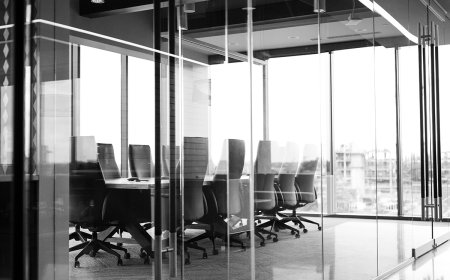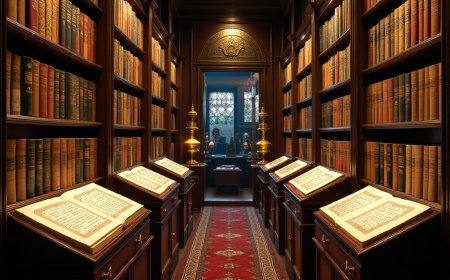Evolution and Importance of the Modern Conference Table in Today’s Workspaces
The concept of the conference room has evolved drastically over the past few decades, and at the heart of this transformation is the modern conference table. Traditionally, conference rooms were equipped with large, imposing tables that reflected authority and formality. However, in todays era of collaboration, flexibility, and design aesthetics, the modern conference table represents a shift toward functionality, innovation, and workplace culture. Modern businesses prioritize teamwork, hybrid working environments, and efficient use of space. As a result, the furniture that fills these rooms must also keep pace. A modern conference table isnt just a surface to sit aroundits a hub for brainstorming, decision-making, client meetings, and even casual interactions. With sleek finishes, built-in technology, modular shapes, and ergonomic considerations, modern tables are now being seen as the epicenter of productivity and creativity in any office environment.
Key Features That Define a Modern Conference Table
Unlike the bulky, single-function tables of the past, todays modern conference table designs are built around adaptability and smart use of space. One of the standout features is the integration of power outlets, USB ports, and cable management systems. This built-in connectivity enables seamless collaboration during presentations, video calls, and digital brainstorming sessions. Another critical characteristic is modularity. Many modern conference tables are designed in modular formats that allow users to reconfigure the table according to the size of the group or the purpose of the meeting. This versatility is especially important in open-plan offices or co-working spaces. Aesthetically, modern tables are moving toward minimalist designs with clean lines, neutral tones, and mixed materials like metal, wood, and glass. These elements not only reflect a contemporary look but also contribute to a professional yet welcoming atmosphere that encourages communication and focus.
How the Modern Conference Table Impacts Office Culture
While furniture may seem like a minor detail, it can have a significant influence on office culture and employee productivity. The modern conference table serves as a symbol of open dialogue and inclusivity. Unlike traditional hierarchical setups, modern tables are designed to eliminate the head of the table and encourage a more democratic flow of conversation. This flattening of hierarchy promotes confidence among team members and enhances collaboration. Additionally, the physical layout and comfort of a modern table contribute to employee engagement. Adjustable heights, integrated lighting, and compatible seating can all enhance the comfort level during extended meetings. When employees feel at ease, they are more likely to participate actively and contribute ideas. Furthermore, investing in quality conference furniture shows employees and clients that the company values professionalism and is committed to creating a high-functioning workspace. These subtle cues play an important role in boosting morale, trust, and brand image.
Choosing the Right Modern Conference Table for Your Business
When selecting a modern conference table, its essential to consider factors beyond just aesthetics. Begin by evaluating the available space. A table that is too large can make the room feel cramped, while one that is too small may not serve the intended purpose. The shape of the table also mattersrectangular tables are traditional and offer ample seating, but round or oval tables foster equality and are ideal for creative discussions. Next, think about the technology needs of your team. Do you frequently host video conferences or give presentations? If so, opt for a table with built-in power modules, HDMI ports, and compatibility with AV systems. Additionally, materials matter. A wood veneer might provide a warm, classic touch, while a glass top lends a sleek, modern appeal. Durability should also be a top priority. Since conference tables endure constant use, investing in a high-quality material ensures long-term value. Finally, dont overlook the importance of style. The table should align with the overall office dcor and reflect your brand identitywhether thats traditional professionalism, modern minimalism, or a creative startup vibe.
Trends in Modern Conference Table Design
As workplace trends evolve, so do the design preferences for conference room furniture. One of the most noticeable trends is the push toward sustainability. More manufacturers are now offering eco-friendly modern conference tables made from recycled or responsibly sourced materials. Bamboo, reclaimed wood, and low-emission laminates are becoming increasingly popular. Another emerging trend is the incorporation of smart furniture technology. This includes tables with wireless charging pads, smart sensors for room booking integrations, and surfaces that can double as whiteboards. Additionally, with the growing popularity of hybrid work models, mobile conference tables with wheels and foldable designs are gaining traction. These allow for quick reconfiguration of spaces, making it easier to host impromptu meetings or accommodate changing team sizes. Aesthetically, the fusion of industrial and organic elements is trendingthink wood grain tabletops combined with matte black steel frames, creating a modern yet grounded atmosphere.
The Role of Modern Conference Tables in Client Impressions
First impressions matter, especially when it comes to client meetings and presentations. A well-designed modern conference table can significantly influence how clients perceive your company. It signals that the business is forward-thinking, organized, and attentive to detail. Clients will associate the physical environment with your brands professionalism and reliability. A clutter-free, high-tech table setup tells visitors that your business embraces innovation and efficiency. On the other hand, an outdated or poorly maintained conference area may give off the impression of neglect or a lack of vision. The choice of a conference table can even reflect industry relevancecreative agencies might choose bold, artistic designs, while law firms may prefer elegant wooden tables to convey tradition and trustworthiness. Therefore, choosing the right conference table becomes not just a design decision but a strategic business move.
Final Thoughts: Investing in the Future of Workspaces
As modern work culture continues to evolve, the importance of flexible, technology-friendly, and stylish furniture becomes increasingly evident. The modern conference table is more than just a centerpiece of the boardroomits a facilitator of collaboration, a contributor to workplace morale, and a reflection of company values. With so many innovative designs available, businesses now have the opportunity to choose a conference table that aligns perfectly with their operational needs and aesthetic preferences. Whether it's through modular flexibility, built-in tech features, or sustainable materials, modern conference tables have earned their place as indispensable components of productive, future-ready offices.
In conclusion, choosing the right modern conference table is a valuable investment in your workplace's functionality and image. Brands like Office furniture offer a wide range of solutions designed to meet the diverse needs of todays dynamic work environmentshelping companies create conference rooms that are as smart as they are stylish.

































